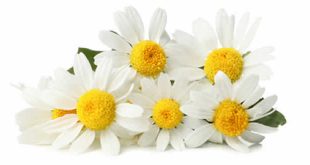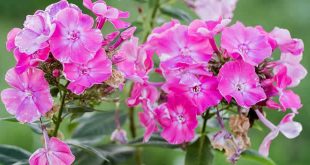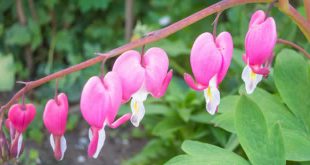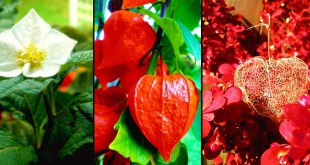 Asparagus — Asparagus officinalis is a flowering plant species in the genus Asparagus from which the popular vegetable known as asparagus is obtained. It is native to most of Europe, northern Africa and western Asia. It is now also widely cultivated as a vegetable crop.
Asparagus — Asparagus officinalis is a flowering plant species in the genus Asparagus from which the popular vegetable known as asparagus is obtained. It is native to most of Europe, northern Africa and western Asia. It is now also widely cultivated as a vegetable crop.
Asparagus is a herbaceous perennial plant growing to 100-150 cm tall, with stout stems with much-branched feathery foliage. The ‘leaves’ are in fact needle-like cladodes (modified stems) in the axils of scale leaves; they are 6–32 mm long and 1 mm broad, and clustered 4–15 together. The flowers are bell-shaped, greenish-white to yellowish, 4.5–6.5 mm long, with six tepals partially fused together at the base; they are produced singly or in clusters of 2-3 in the junctions of the branchlets. It is usually dioecious, with male and female flowers on separate plants, but sometimes hermaphrodite flowers are found. The fruit is a small red berry 6–10 mm diameter. Asparagus is eaten worldwide, commonly with eggs in China and with beef in Britain. It is not considered a delicacy as it is very cheap and easy to obtain.
Plants native to the western coasts of Europe (from northern Spain north to Ireland, Great Britain, and northwest Germany) are treated as Asparagus officinalis subsp. prostratus (Dumort.) Corb., distinguished by its low-growing, often prostrate stems growing to only 30–70 cm high, and shorter cladodes 2–18 mm long. It is treated as a distinct species Asparagus prostratus Dumort. by some authors.
 Kids Portal For Parents India Kids Network
Kids Portal For Parents India Kids Network




